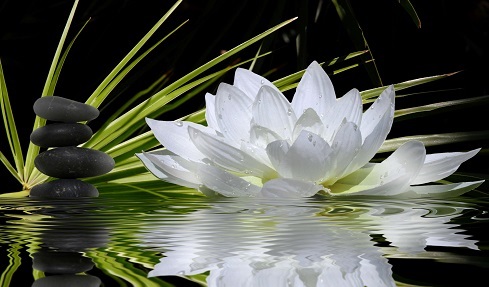From death to rebirth, there are at least more than a few chances for a person to obtain liberation, attain Buddhahood or be reborn in Sukhāvatī (pure land of Amitabha) if one has grasped the pith instructions on death. Short of attaining Buddhahood or being reborn in Amitabha’s pure land, by applying the pith instructions on death, one can also freely choose to be reborn in the human realm, having a life endowed with freedom and leisure to practice the Dharma and ultimately gain liberation. Having grasped the pith instructions, one is no longer just at the mercy of past karmic force when taking rebirth. Absent this knowledge, one will miss all the opportunities to be free from the control of karmic force time and time again. It is therefore crucial to learn the pith instructions on death.
~Depicted from THE HANDBOOK'S FOR LIFE JOURNEY - On Death And Rebirth-How to Face Death











